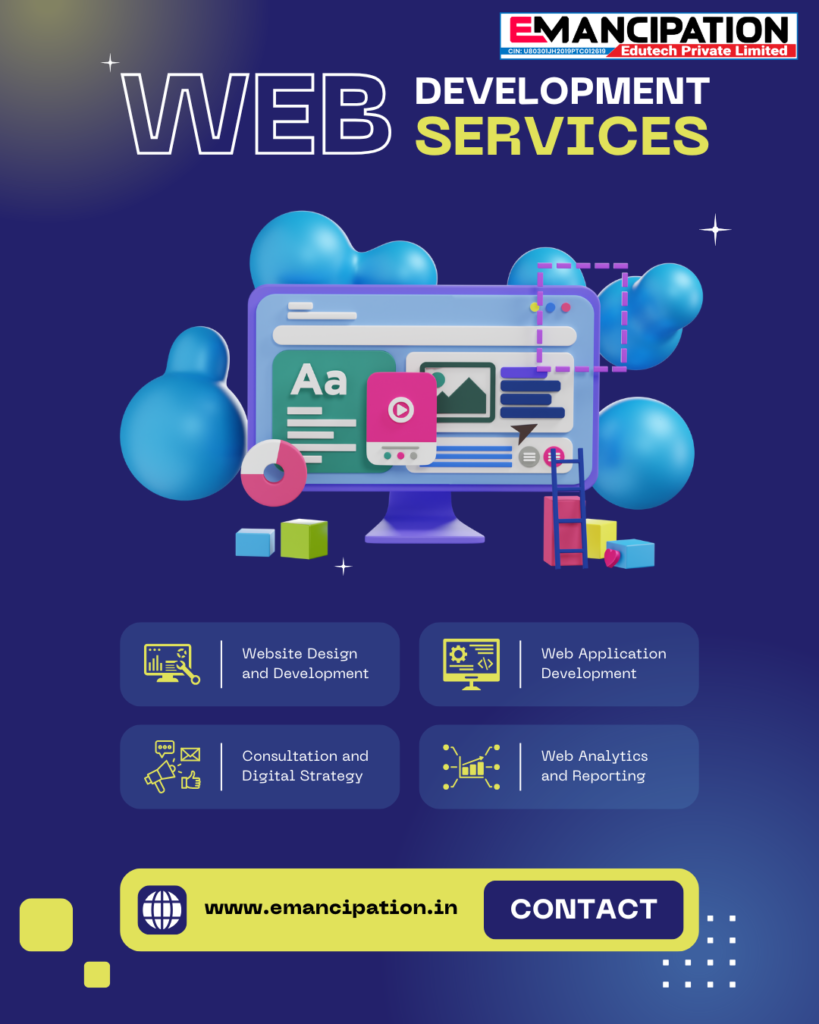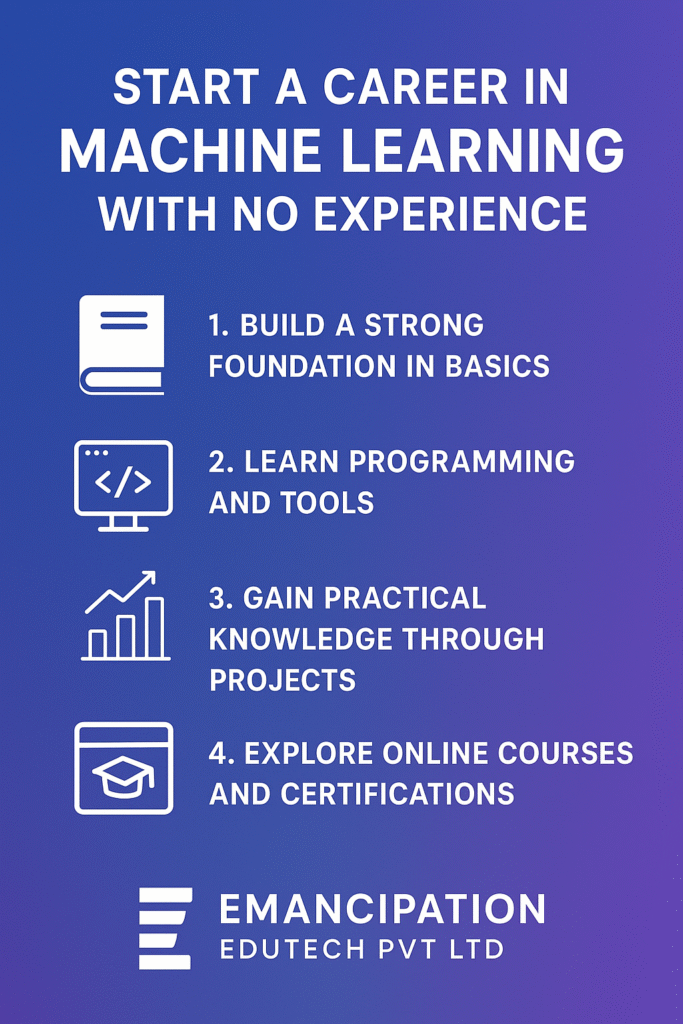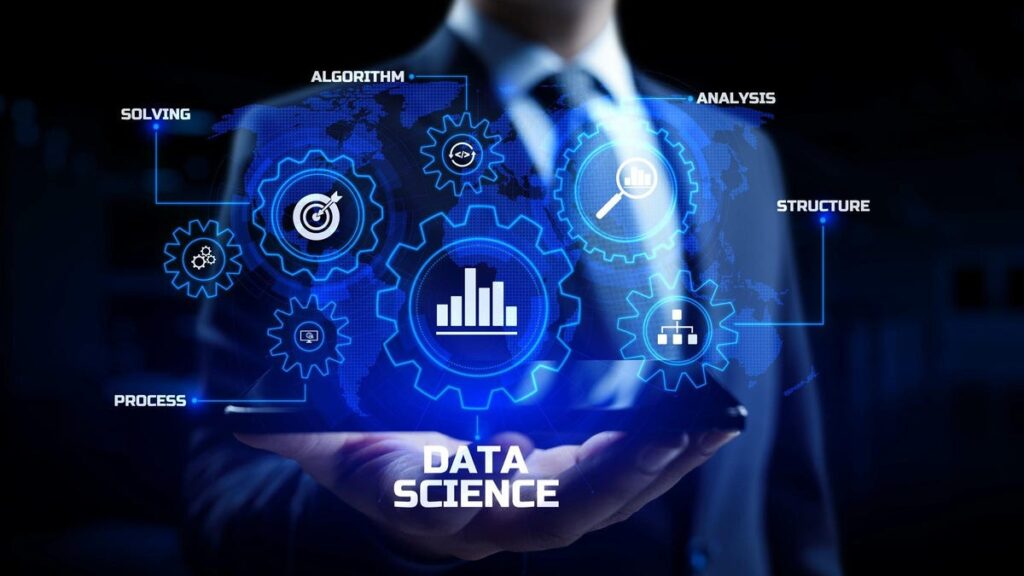Real-Life Applications of AI and ML in Ranchi’s Industry
Real-Life Applications of AI and ML in Ranchi’s Industry Artificial Intelligence (AI) and Machine Learning (ML) are no longer confined to textbooks or research labs. They have become essential technologies driving innovation across industries worldwide. Ranchi, the capital of Jharkhand, is also experiencing this wave of digital transformation. From healthcare and education to manufacturing, retail, and governance, AI and ML are shaping new possibilities. Training institutes like Emancipation Edutech Pvt. Ltd., Ranchi are playing a crucial role in preparing students and professionals to harness these technologies for real-world impact. AI and ML in Healthcare Ranchi is home to some of the leading hospitals and healthcare facilities in the region. With the help of AI, patient care is becoming more efficient and reliable. Machine learning models are being used to predict diseases, analyze medical images, and assist doctors in making faster diagnoses. For instance, AI-powered diagnostic tools can detect early signs of conditions like cancer or heart disease, enabling timely treatment. Ranchi’s hospitals are gradually adopting telemedicine platforms that use AI chatbots to handle patient queries and manage appointments, improving accessibility for people in rural areas. AI-Powered Education in Ranchi The education sector in Ranchi is embracing digital technologies to enhance learning experiences. Schools, colleges, and training institutes are using AI-driven platforms to personalize student learning. For example, intelligent tutoring systems analyze student performance and recommend tailored lessons. Institutes like Emancipation Edutech Pvt. Ltd. leverage AI and ML to train students in real-world projects, helping them gain practical knowledge. Online learning platforms powered by AI also ensure that students in Ranchi can access high-quality education without geographical barriers. Retail and E-Commerce Applications Ranchi’s growing retail and e-commerce sector is leveraging AI and ML to understand consumer behavior and enhance customer experiences. Businesses are using recommendation systems similar to those of Amazon and Flipkart to suggest products to customers based on their purchase history. AI-powered chatbots are being adopted by local businesses to handle customer service 24/7, reducing response times and improving satisfaction. With Ranchi’s youth actively engaging in online shopping, these AI-driven solutions are boosting sales and growth for businesses. AI in Agriculture and Farming Agriculture plays a significant role in Jharkhand’s economy, and Ranchi is at the center of many farming innovations. AI and ML are being used to analyze soil conditions, predict weather patterns, and suggest the best crops for farmers. Machine learning algorithms can detect plant diseases early, preventing losses and increasing yields. Startups in Ranchi are also exploring drone-based farming solutions that rely on AI for monitoring crop health. This integration of technology with traditional farming practices is helping Ranchi’s agricultural sector become smarter and more sustainable. Manufacturing and Industrial Applications The industrial sector in Ranchi, which includes steel, mining, and heavy machinery, is increasingly turning to AI and ML for optimization. Predictive maintenance powered by machine learning ensures that machines and equipment are serviced before breakdowns occur, reducing downtime. AI algorithms also help in quality control by detecting defects in products, improving efficiency and reducing waste. For industries in and around Ranchi, these applications lead to higher productivity and cost savings. Smart Governance and Public Services AI is also being adopted in governance and public services in Ranchi. Smart city initiatives are using AI-powered surveillance systems to improve public safety and traffic management. Data analytics driven by machine learning helps government agencies better understand urban development needs and allocate resources effectively. Chatbots are being introduced in government offices to handle citizen queries, making public services more transparent and accessible. The Role of Emancipation Edutech Pvt. Ltd. To fully leverage AI and ML in Ranchi’s industries, skilled professionals are essential. Emancipation Edutech Pvt. Ltd., located in Ranchi, is empowering students and working professionals with hands-on training in AI, ML, and data science. Their industry-focused curriculum, live projects, and placement support prepare learners to apply AI and ML in sectors like healthcare, retail, agriculture, and manufacturing. By bridging the skill gap, Emancipation Edutech is enabling Ranchi’s workforce to drive innovation across industries. Future Outlook The integration of AI and ML in Ranchi’s industries is just the beginning. As adoption grows, more businesses and government bodies will rely on intelligent systems to improve operations and decision-making. With skilled professionals being trained locally, Ranchi has the potential to become a regional leader in AI-driven innovation. Conclusion AI and ML are not just buzzwords—they are transforming Ranchi’s industries in real and measurable ways. From smarter healthcare and personalized education to advanced agriculture and manufacturing, the applications are endless. Institutes like Emancipation Edutech Pvt. Ltd., Ranchi, are equipping learners with the skills to be part of this revolution. For students and professionals, this is the right time to embrace AI and ML and contribute to shaping Ranchi’s digital future.
Real-Life Applications of AI and ML in Ranchi’s Industry Read More »










